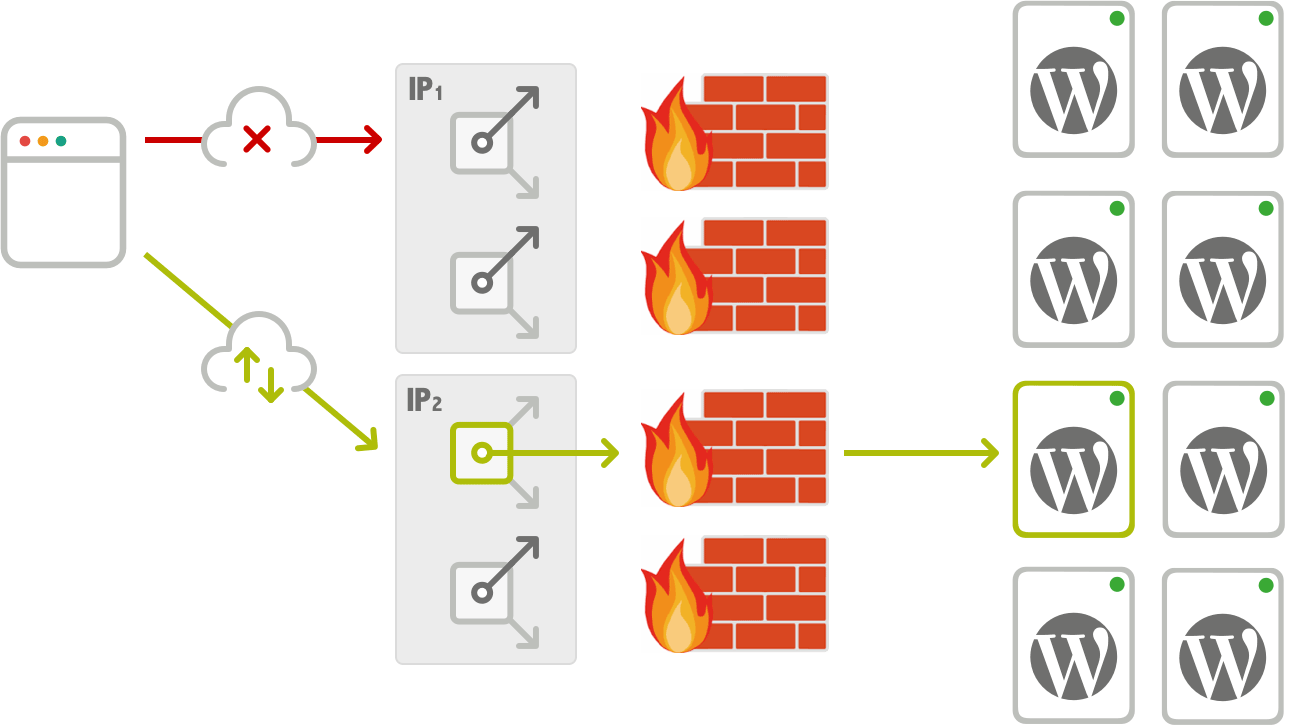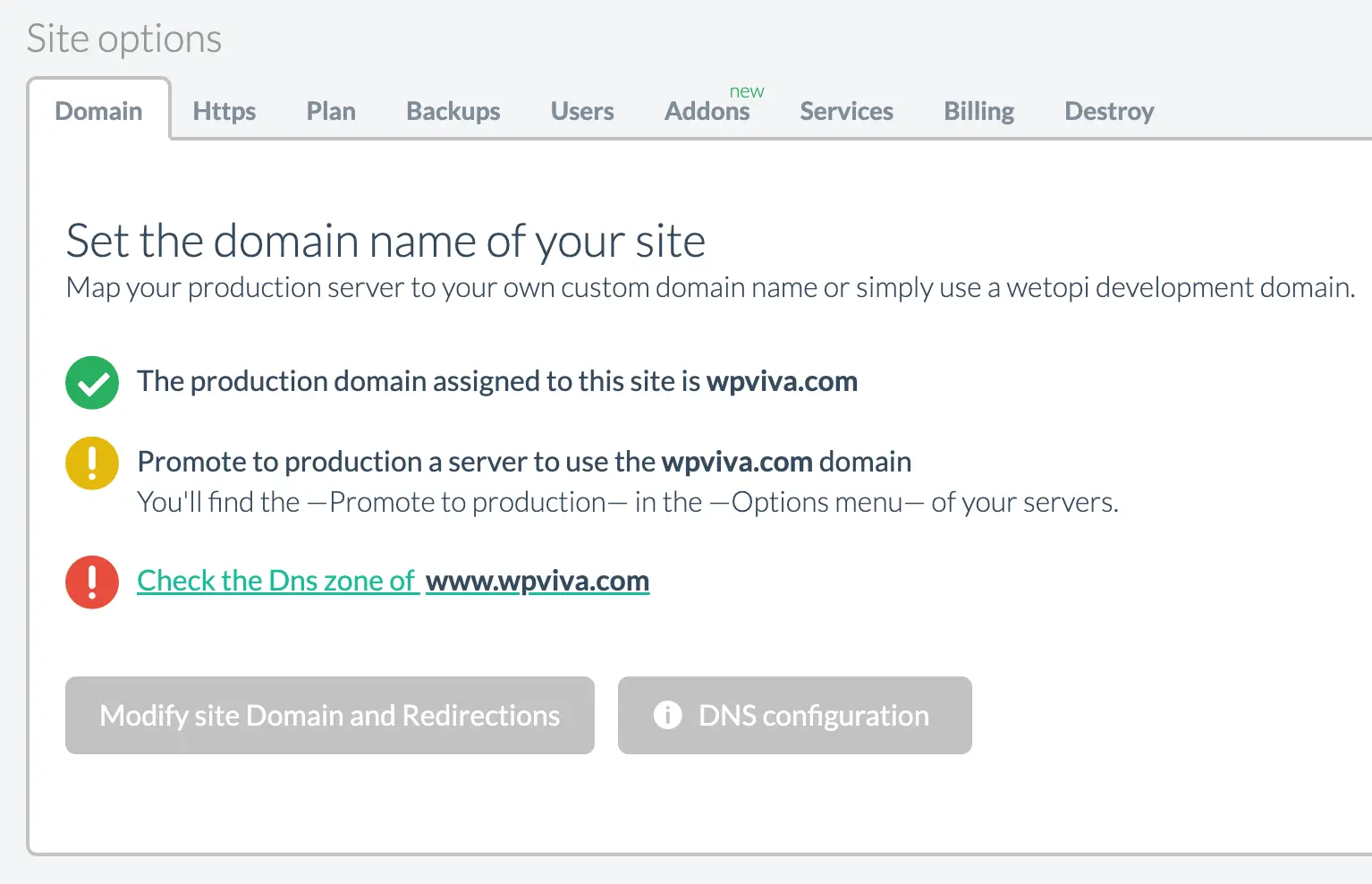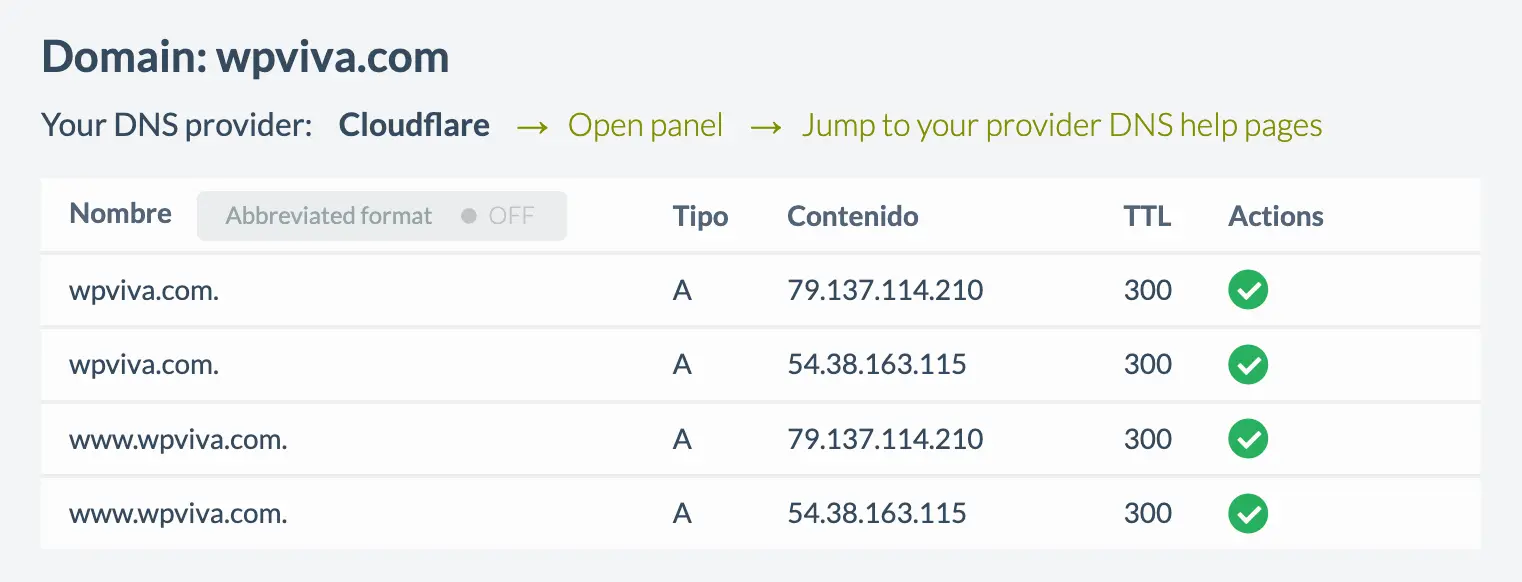Ensuring your WordPress website is consistently accessible and operating smoothly is essential. At Wetopi, we prioritize high availability as a fundamental aspect of our services.
This post outlines our strategies and implementations in detail.
What does High Availability (HA) mean?
High availability refers to systems that are durable and likely to operate continuously without failure for a long time. The term implies that parts of a system have been fully tested and that there are accommodations for failure in the form of redundant components.
High availability (HA) is a characteristic of a system that aims to ensure an agreed level of operational performance, usually uptime, for a higher than normal period.
https://en.wikipedia.org/wiki/High_availability
Main Wetopi HA redundant components
High Availability is a goal, and at Wetopi, we strive to incorporate numerous measures to assist you in attaining a substantial level of high availability for your WordPress.
- Network redundancy: double IP address on each POA (Point Of Access)
- Double Load Balancer per network route.
- Double WAF reverse proxies per network route.
- WordPress CVMs (Containerized Virtual Machines) run on a cluster of nodes.
- Manager nodes in charge of CVMs orchestration: 5 per cluster. Manager nodes are responsible for maintaining your WordPress server alive. If your server fails, the manager moves it to an active node.
- SSD Storage: replica 3. Each file is stored three times to ensure your files are safe when we have Storage hardware failures.

What does the load balancer do?
A load balancer is a device that distributes web traffic across multiple back end servers in order to improve website response time and provide redundancy.
At Wetopi each cluster is equiped with four load balancers, with two load balancers designated for each network access point.
Network redundancy
With redundant networks, traffic can be rerouted dynamically, preventing disruptions and ensuring continuous availability of your WordPress site.
Why do I need a Redundant Network ?
To Increase the High Availability (HA) of your WordPress servers.
Through the integration of redundant network elements like routers, switches, firewalls and load balancers, your website increases its resilience, mitigating disruptions caused by component failures, security issues, or DDoS attacks.
How does Redundant Network work?
By pointing your site to two IP addresses, your WordPress site will have dual traffic routes.
- When you type an URL in the web browser, the web browser queries the DNS requesting for the resolution of our domain.
- The DNS, in our case, will respond with 2 IP addresses. Meaning: yes this domain has two points of access, two possible routes.
- The browser then stores the two wetopi IP addresses. (check your chrome DNS cache by copy/pasting this url chrome://net-internals/#dns, or learn more in this crash course in net internals).
- Browser opens a pool of connections using alternatively both addresses to serve content.
The benefits are:
When one route fails, the browser removes the IP address from the connection pool and your site will be available continuously without any connection disruption.
Configure the Network Redundancy for your WordPress site?
You need to update your Domain DNS record to enable High Availability for your WordPress site.
Go to your wetopi panel → select your site→ click the “DNS configuration” button in Domain’s tab

There, you will find the IP addresses and Zones that you need to add to your DNS server:

Learn more about how to configure the DNS of your domain at How to Change the Domain Name of your Wetopi site.
Don’t you have an account on Wetopi?
Free full performance servers for your development and test.
No credit card required.
